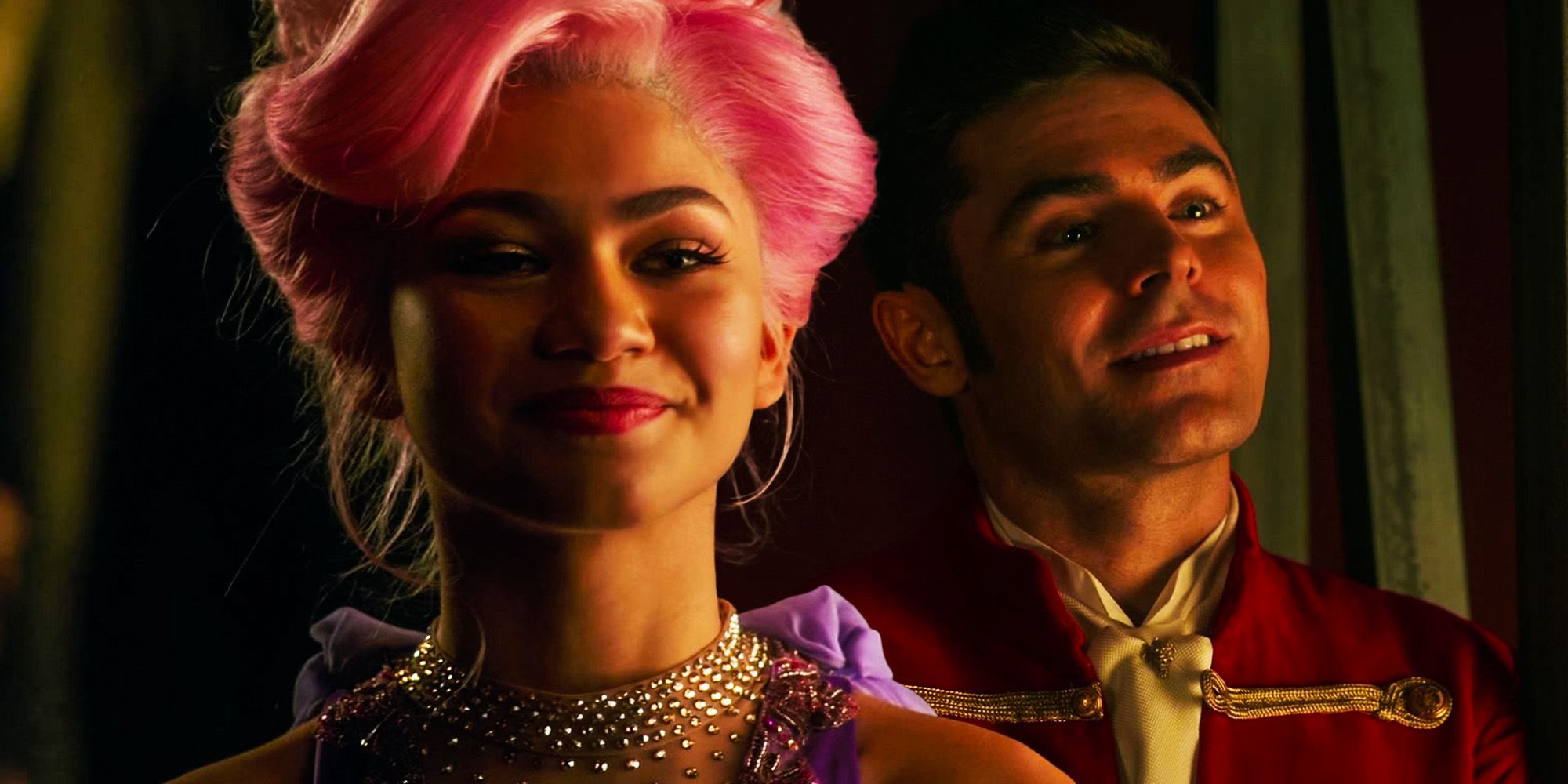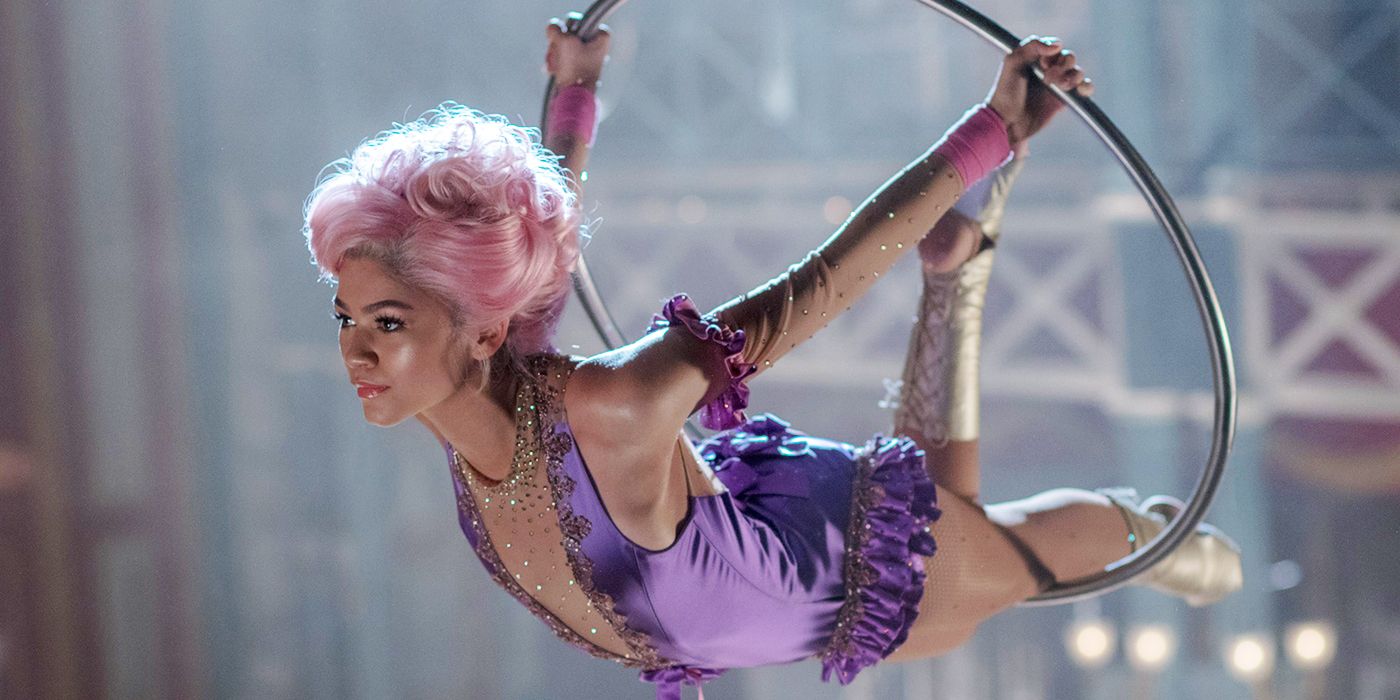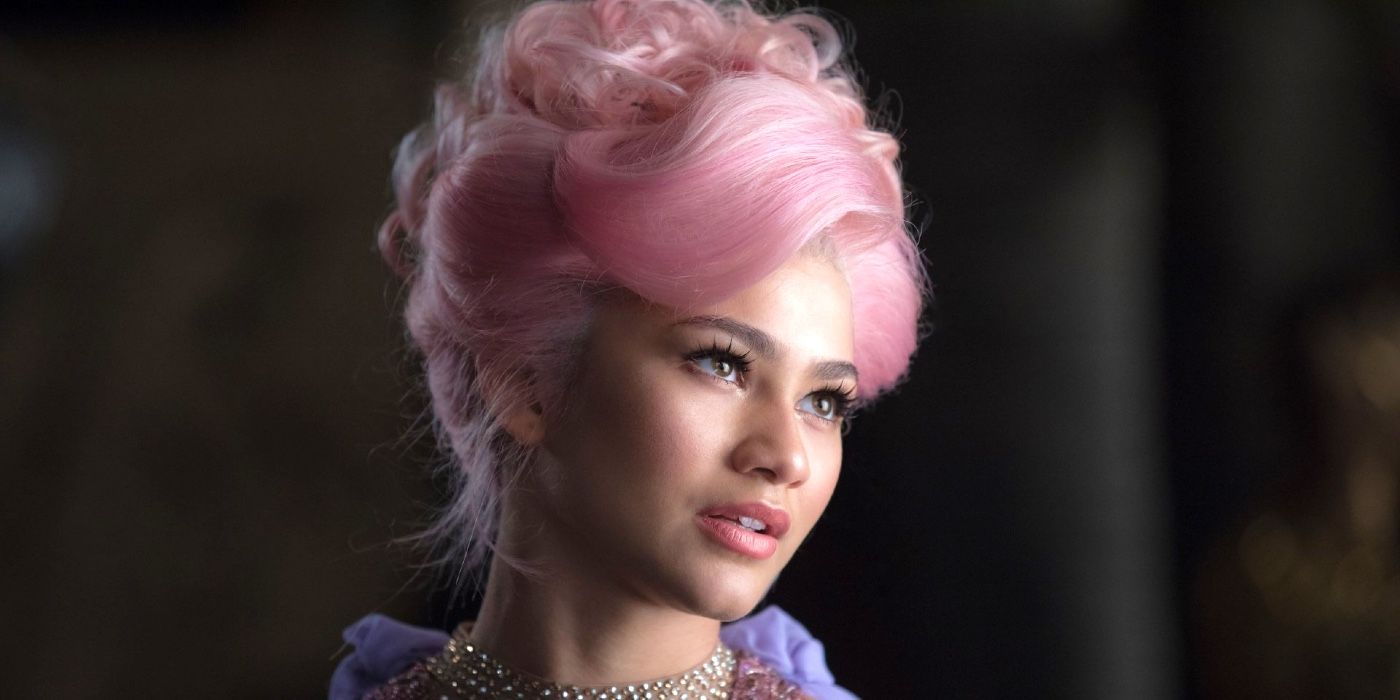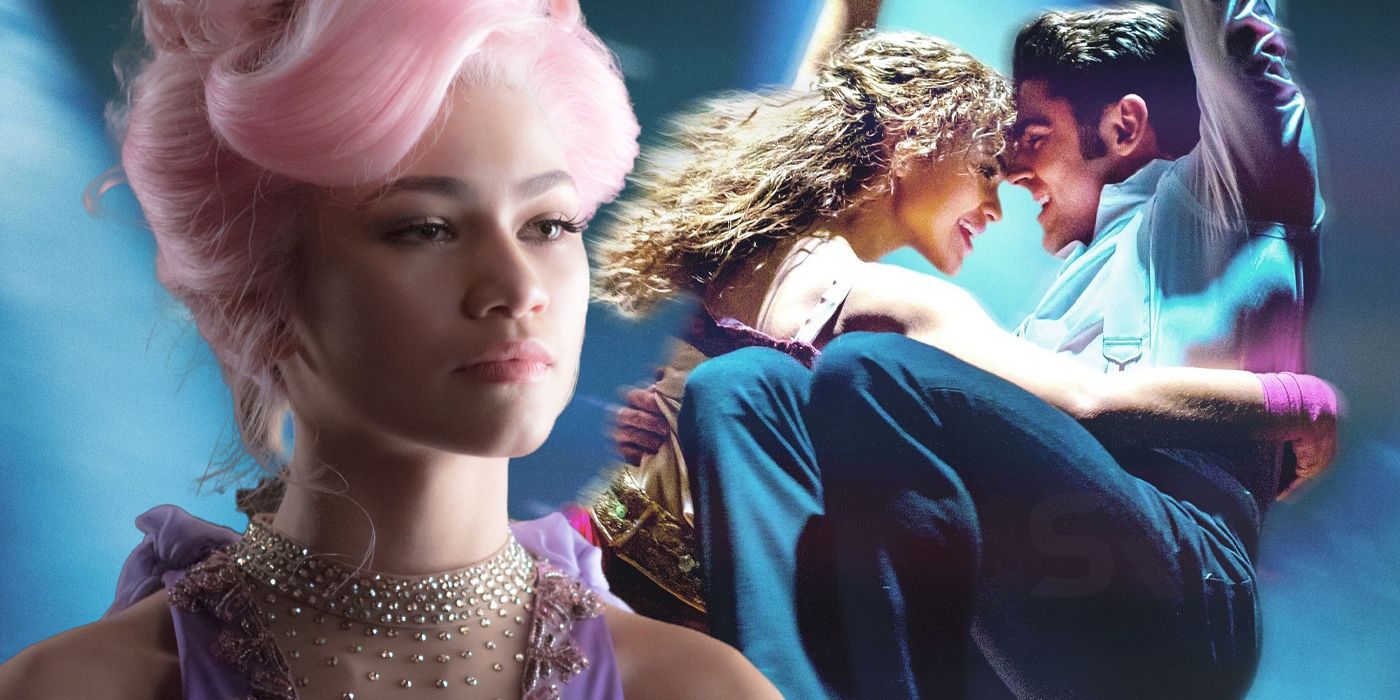The Greatest Showman tells the story of P.T. Barnum (Hugh Jackman) and his museum and circus, made famous thanks to the performances of his group of “freaks”, a group Zendaya's character Anne Wheeler doesn't seem to fit into at first sight. Barnum's troupe was widely popular thanks to the performances of its group of “freaks”, which were people with disabilities, unique physical traits, and more. However, Barnum’s ambition led to many problems in his personal and professional life. While Barnum struggled to keep his projects afloat, his business partner Phillip Carlyle (Zac Efron) was having a romance with one of the “freaks”, Anne Wheeler (Zendaya). This wasn’t an easy relationship due to the social context of the time, and it’s that same context that gave Anne Wheeler and her brother W.D (Yahya Abdul-Mateen II) freak status in The Greatest Showman.
Many viewers have wondered why Anne Wheeler was part of the “freaks”. The freak label doesn't feel appropriate for Anne Wheeler, since she didn’t have any unique physical traits that made her stand out, unlike Lettie Lutz (Keala Settle) the bearded lady, for example. Anne and W.D. were acrobats, and she was a trapeze artist. While they were exceptional at the aerial feats, and Anne's act seems almost superhuman at points, that isn’t exactly what made them part of Barnum’s found family. What gave Anne freak status in the eyes of her fellow circus members was that she, as well as W.D., was a person of color. As seen throughout the whole movie, racism was a big issue at the time (though not much has changed).
Anne Being A "Freak" Is A Commentary On Racism
Race was also the reason why Anne Wheeler and Phillip Carlyle came across so many obstacles. It was unacceptable for a woman of color and a white man to be together. This was exacerbated by Phillip coming from wealth, while Anne and W.D. were working class. Racism in The Greatest Showman was more evident when Phillip and Anne encountered Phillip’s parents, who chastised him for “parading around with the help”. Even though the main theme of this subplot was racism, The Greatest Showman has been criticized for how it addressed it and how it never explicitly mentioned race, instead just using a “safer” or “less controversial” language that ultimately made it worse.
Anne Wheeler being a “freak” is rooted in the social context of the setting of The Greatest Showman and isn't about her physical appearance, but that doesn’t mean she wasn’t an important part of the group and their performances. The topic of racism wasn’t addressed properly in The Greatest Showman, leaving questions like that of why Anne was part of the “freaks”, which could have been handled a lot better.
How Historically Accurate Is Anne Wheeler?
Anne Wheeler is not a real person, but there is real-world inspiration for Zendaya's Greatest Showman character and Anne Wheeler's freak status. The first crucial point is that Zendaya's stunt-intensive Anne Wheeler wasn't considered a freak in The Greatest Showman simply because she was Black. While her race was a social barrier and made her spiritually a part of the freak family, it wasn't the sole reason why Anne Wheeler was in a traveling freak show.
At the time that The Greatest Showman took place, there were 3.5 million Black Americans. Black Americans were already an established social demographic, and darker skin tones weren't uncommon — definitely when compared to, say, a Bearded Lady. Rather, she was employed as a circus "freak" because she was a trapeze artist, an act that fell under the same umbrella as far as audiences in the 19th century were concerned. Life for Black Americans during the time period of The Greatest Showman was horrendous— each one of the 3.5 million people suffered at the hands of racism. There was also a terrible trend that was alive in Europe all the way up until the 1930s: Human Zoos.
Similar to what's shown in The Twilight Zone (and parodied by Rick and Morty), in the mid-1800s, researchers tried to gather evidence to support theories of race, and part of this was accomplished through the use of Human Zoos. The Zoo was exactly what it sounds like — humans put on display for the masses to be entertained. Whole villages of Kanaks, Senegalese, and many more human beings from colonized nations were put on display all throughout Europe. The history behind Human Zoos is truly horrific if one were to dive deeper into the subject. Anne shouldn't have been so broadly labeled as a freak in The Greatest Showman, but her status as such was important for racial commentary, as the true history is as horrific as the easy-to-misinterpret fiction.
Why Bringing Anne Wheeler To Life Was A Challenge For Zendaya
When discussing The Greatest Showman in 2018, Zendaya revealed that part of what drew her to playing Anne Wheeler was the love story for the character. Despite the danger and the hardships she’s seen in her life, and the racism she’s experienced, Anne Wheeler cannot help but fall in love with Phillip Carlyle. Zendaya said that despite the fear, “love is not something that you can control. Love just happens to you.” She also loved that despite experiencing so much racism in her life, Anne retains her confidence around Barnum's "Oddities," explaining, "[The circus] allows a place where they can believe in themselves, where they can experience respect and love and have a safe space to be who they are." Acting a convincing love story through song and dance, however, wasn’t the biggest challenge for the actress.
Before playing Anne Wheeler, Zendaya had a fear of heights. She trained in trapeze and wire work on rigs that were not as high off the ground as those in which she had to film. She told the Seattle Times on her first day on set to film, she discovered that “the rigs were 15 feet taller and had no net.” Despite her fear, Zendaya performed the role spectacularly and even did several sequences in the film with no net below her. (Actors were typically in a harness for safety for the trapeze work.) Playing Anne Wheeler in The Greatest Showman helped Zendaya to overcome her fear of heights.




